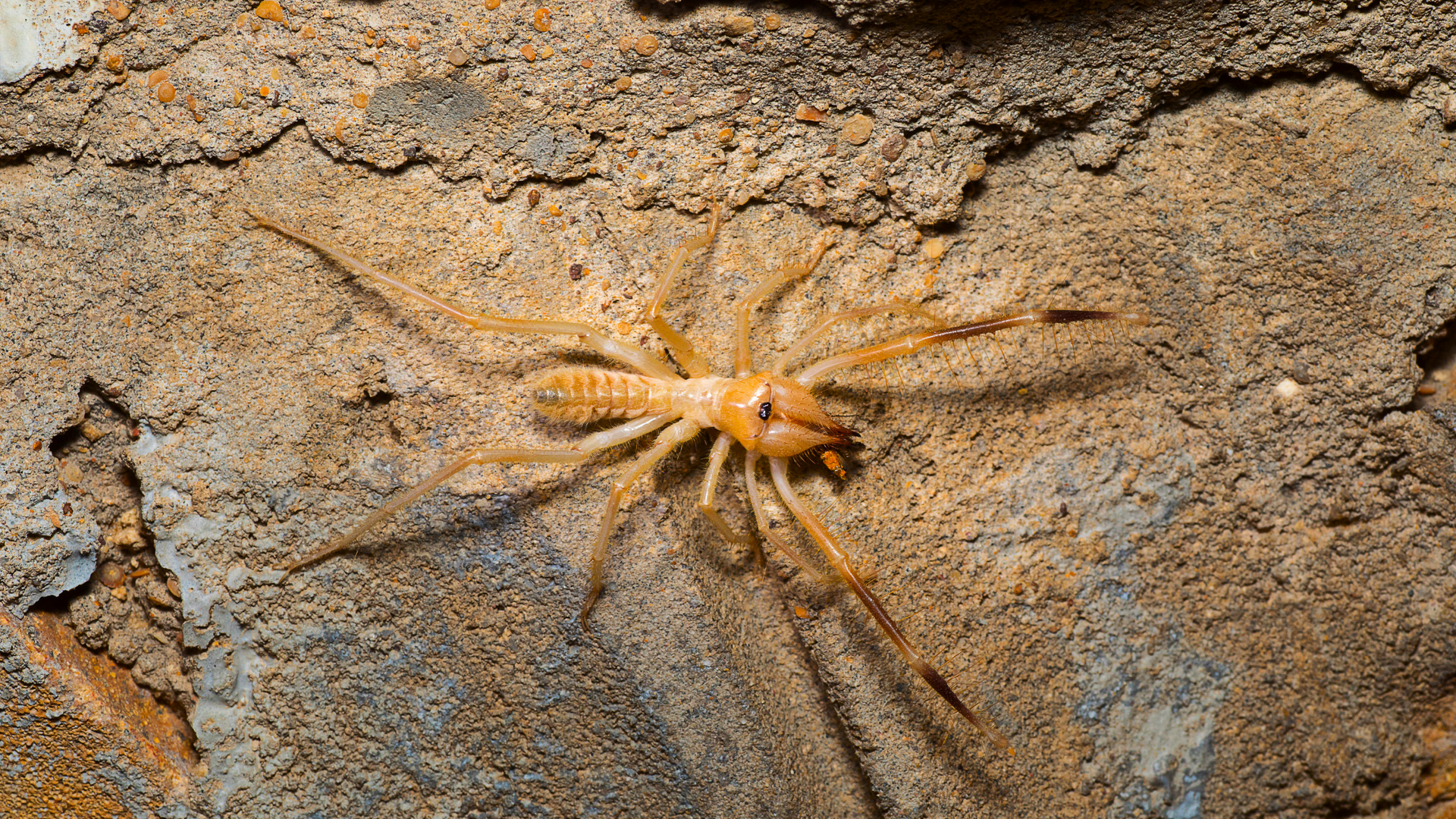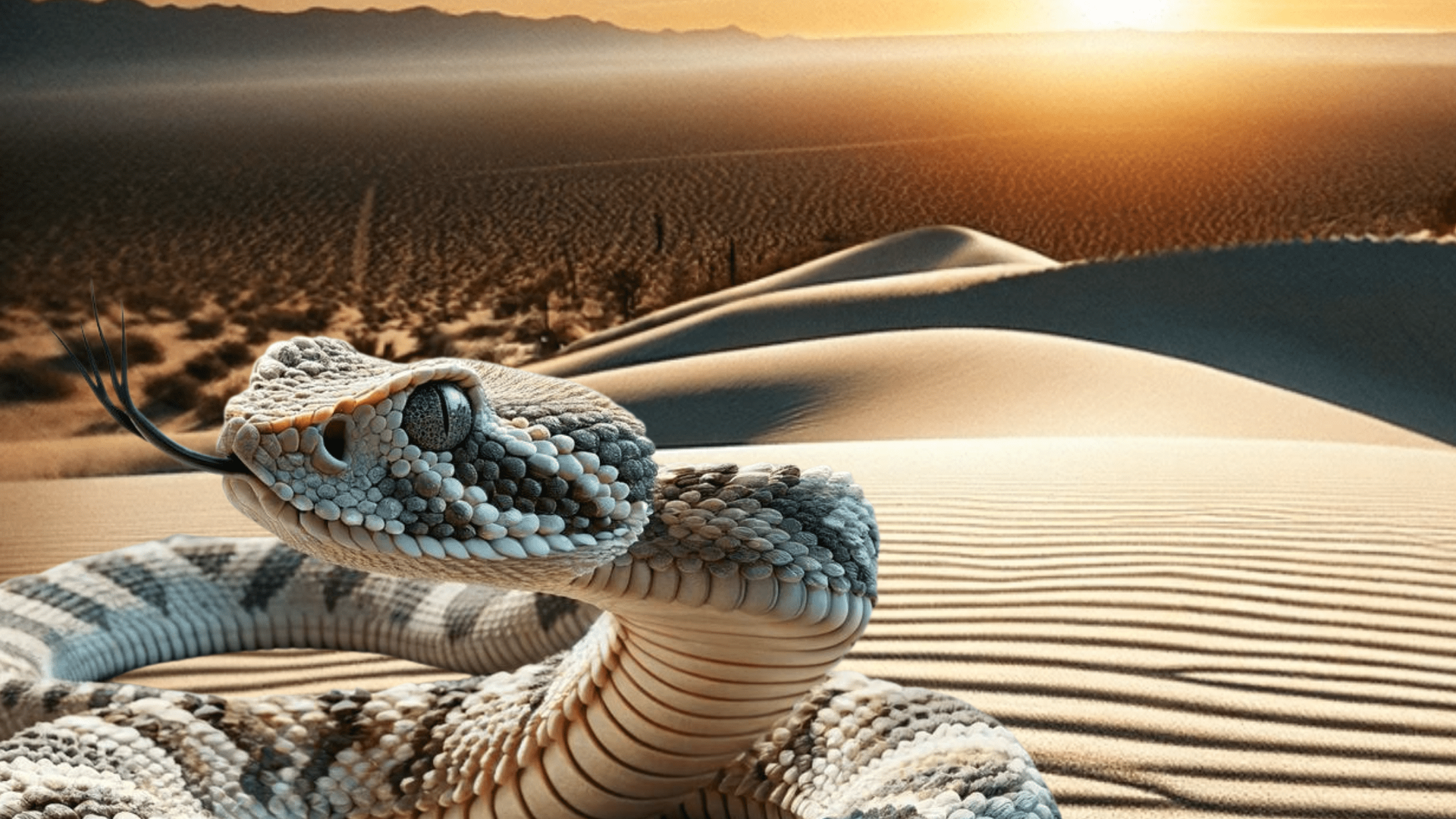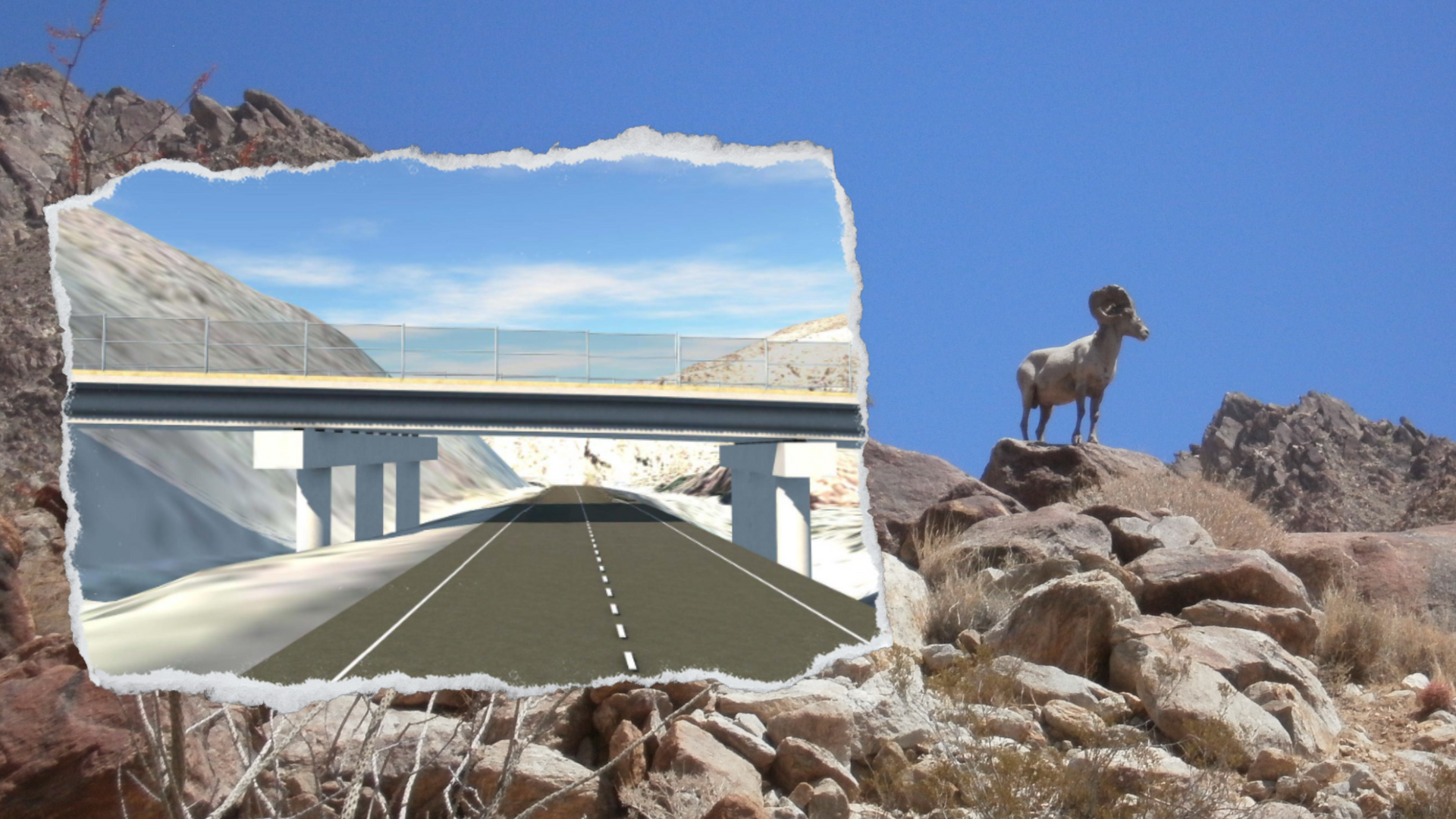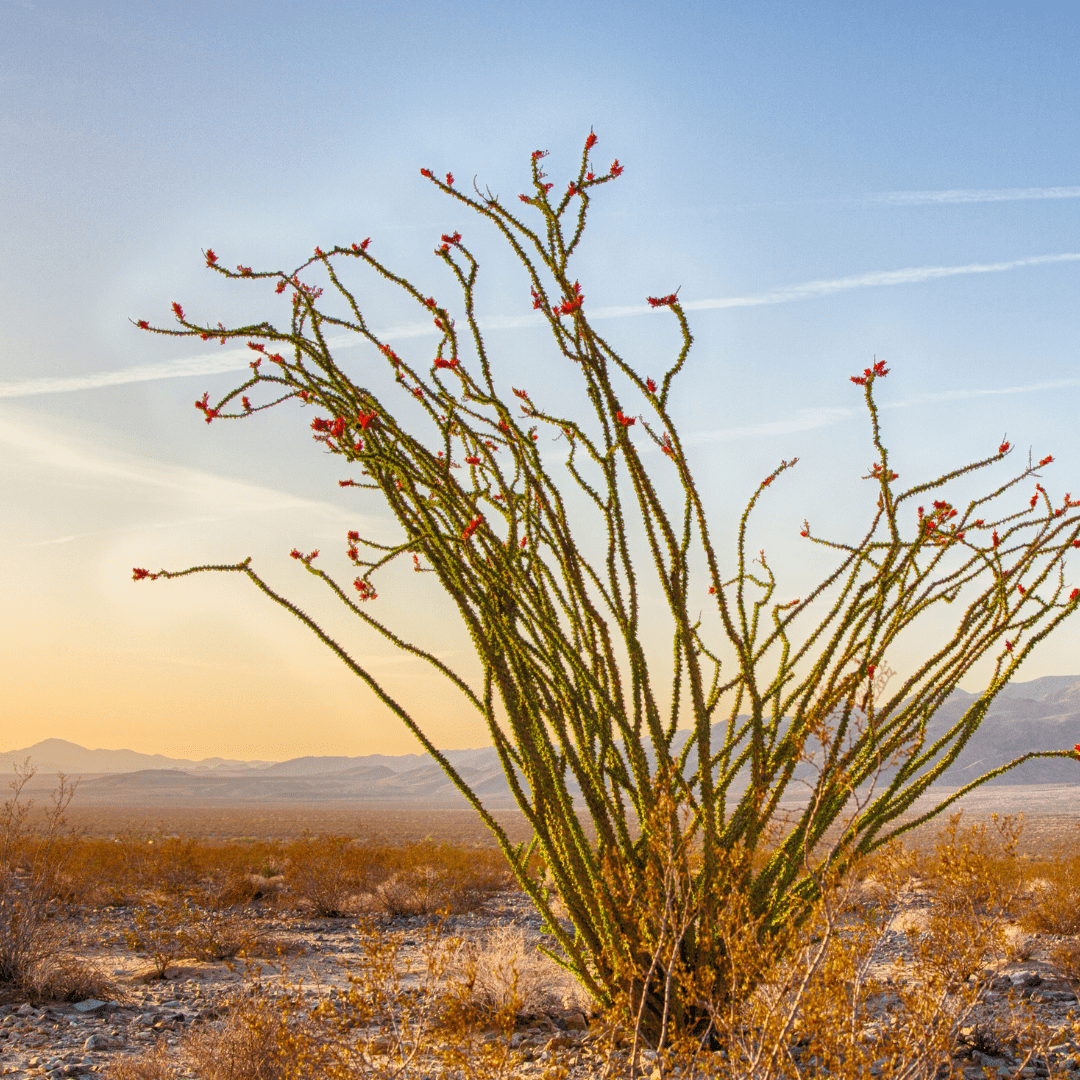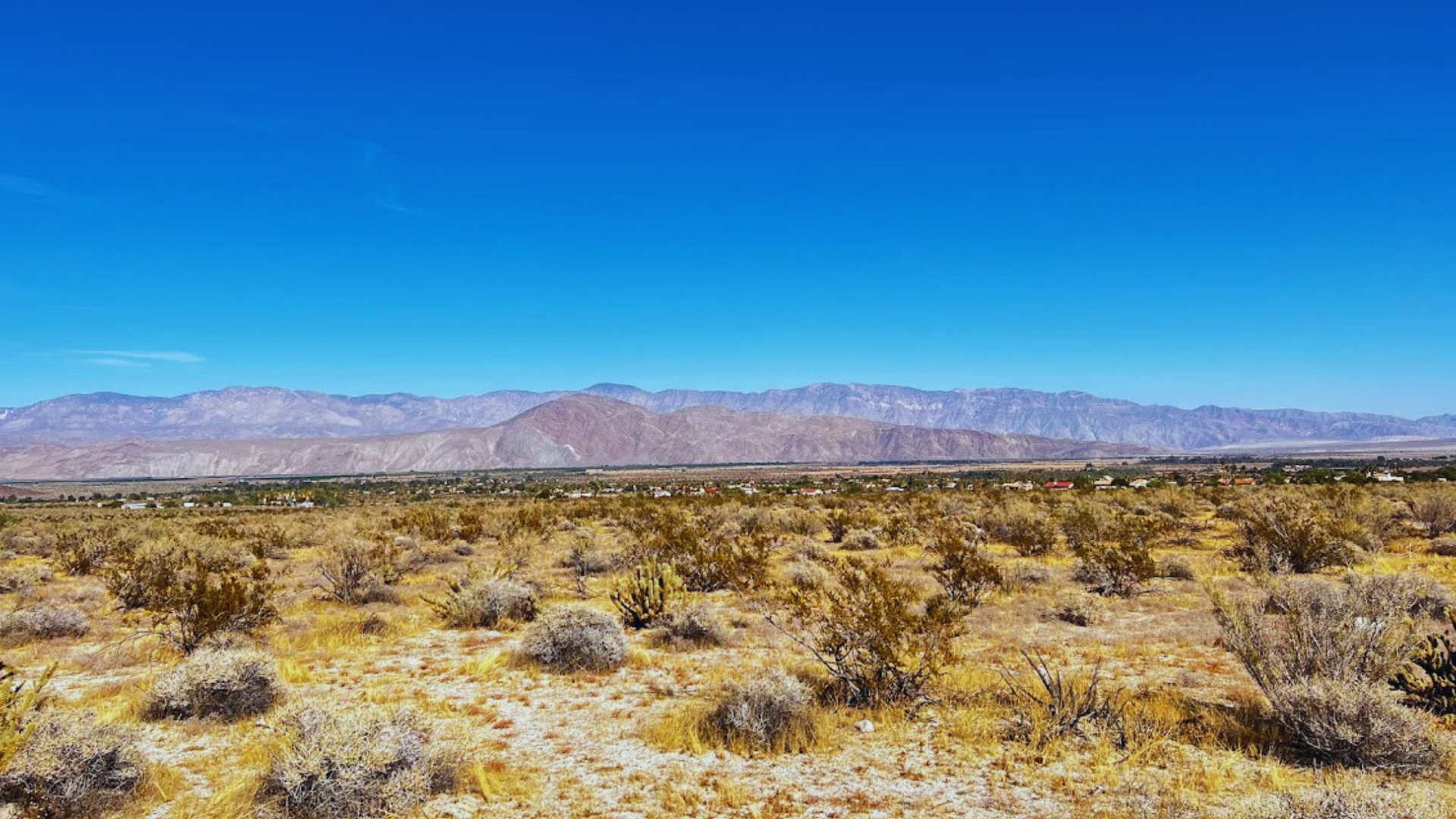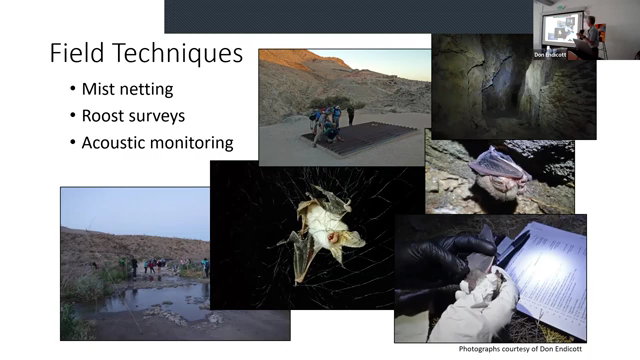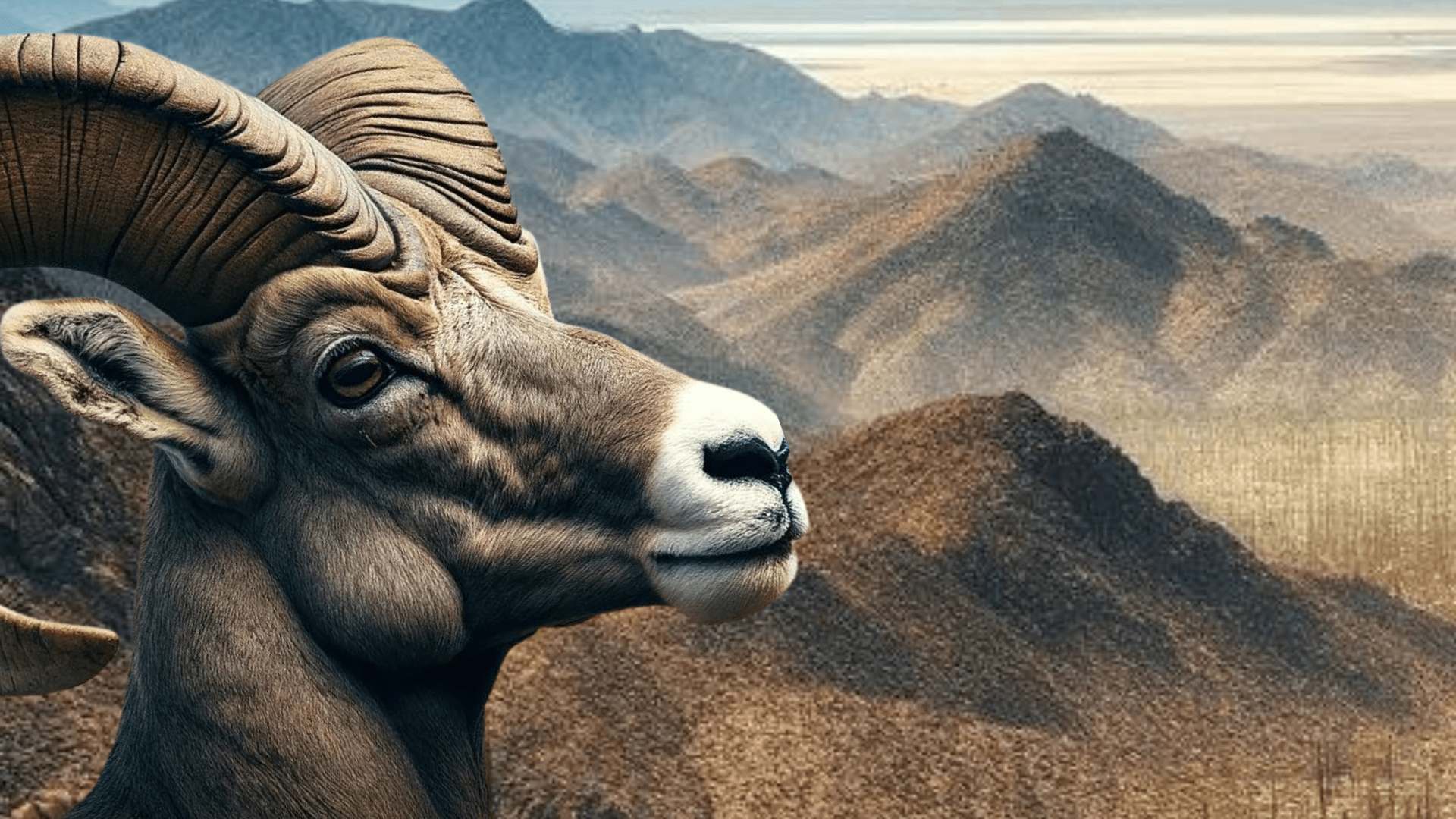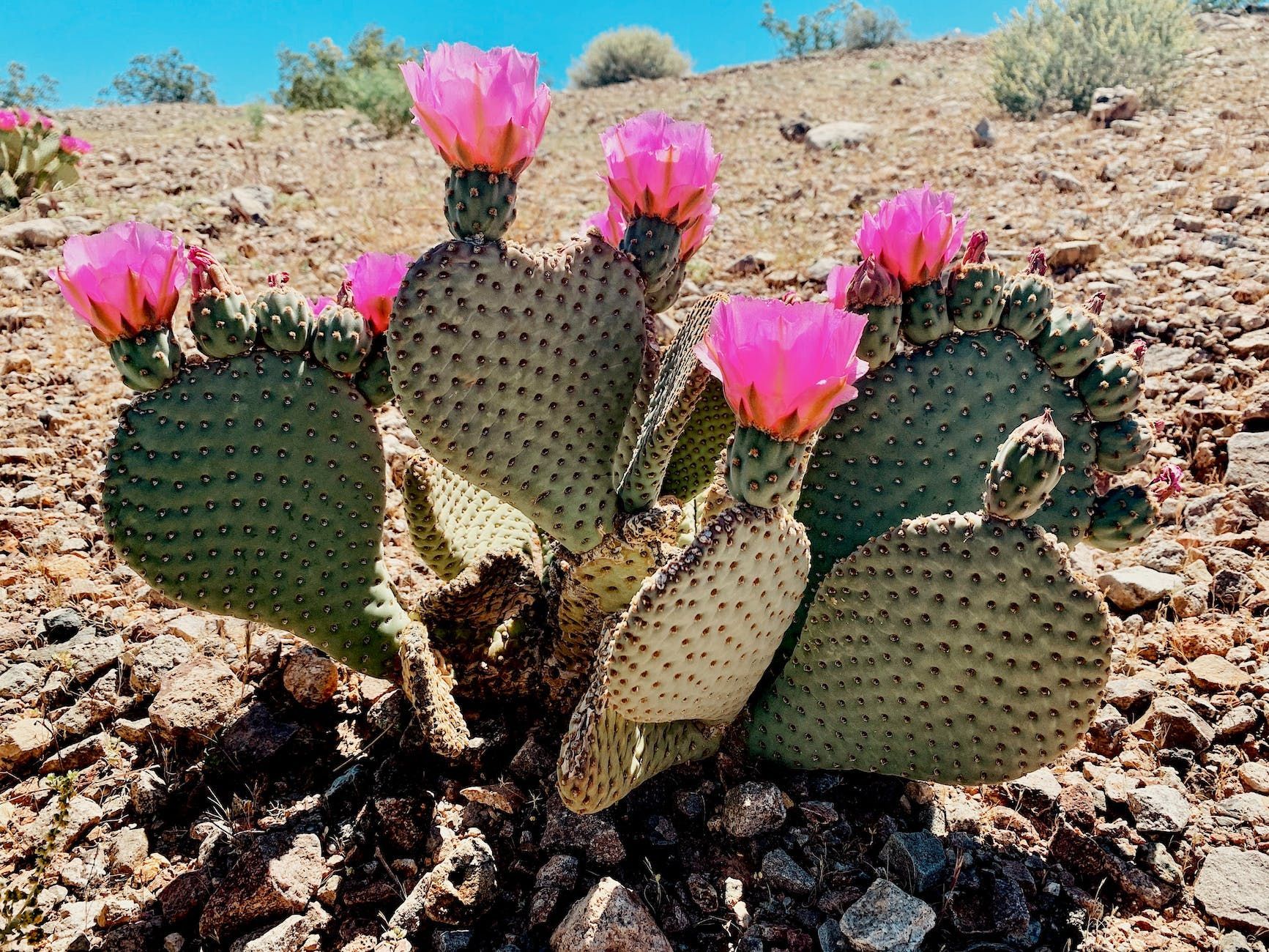The Scorpion and the Coyote of Borrego Springs
Share
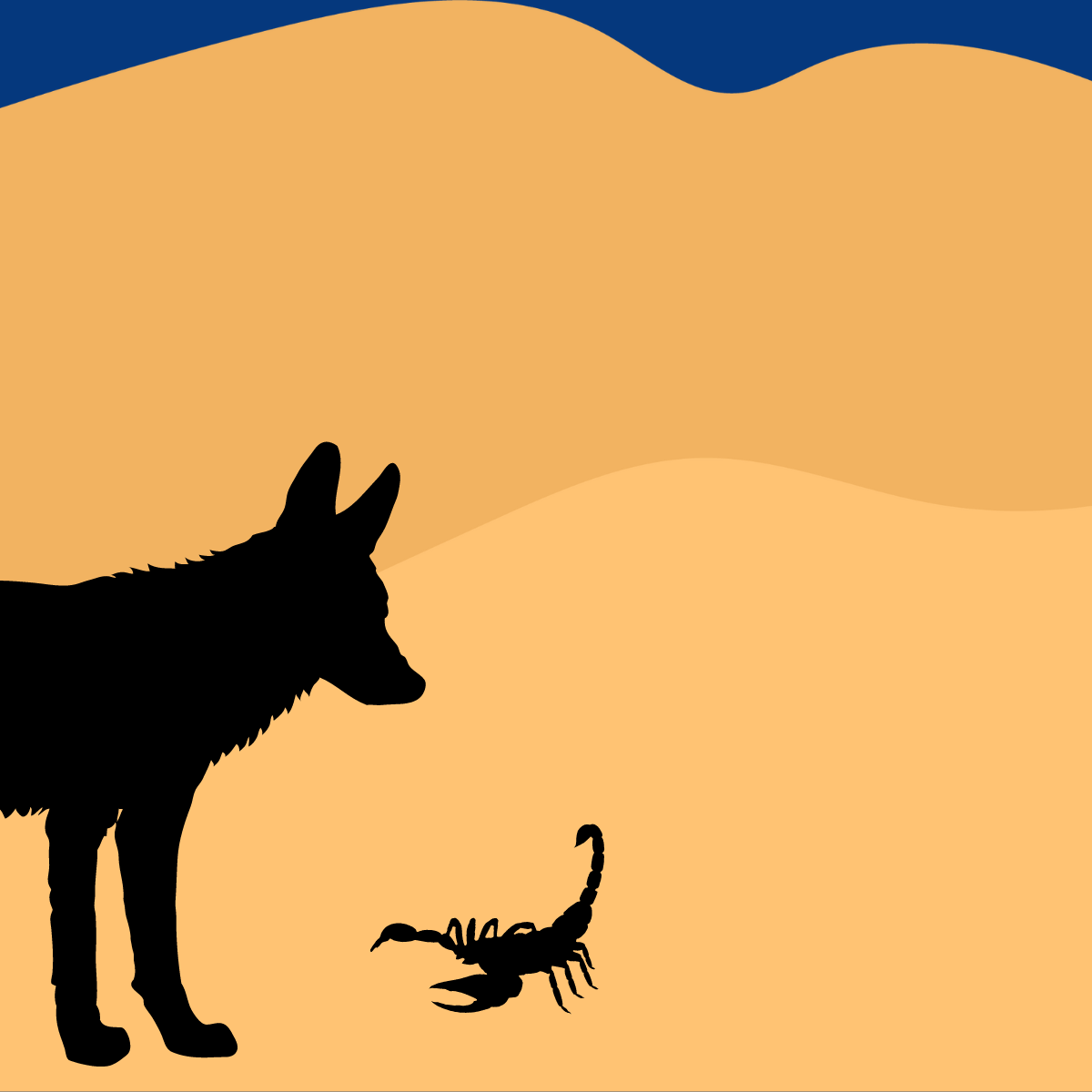
The Scorpion and the Coyote of Borrego Springs: Unveiling Desert Mysteries
Nestled in the vastness of the Anza-Borrego Desert, Borrego Springs is a land where myths intertwine with the harsh realities of nature. Among the diverse cast of creatures that call this desert home, two stand out for their symbolic significance and survival prowess: the scorpion and the coyote. This blog post delves into the fascinating lives of these desert dwellers, revealing their roles in the ecosystem and the cultural lore that surrounds them.
The Scorpion: Desert Guardian in the Shadows
The scorpion, often seen as a symbol of danger and mystery, thrives in the arid landscapes of Borrego Springs. These nocturnal predators are masters of adaptation, with their hardy exoskeletons and efficient water conservation methods. Scorpions are an integral part of the desert food web, controlling insect populations and serving as a vital food source for larger predators.
Adaptations for Survival:
- Venomous Defense: Scorpions use their venom not just for hunting but also as a defense mechanism against predators.
- Ultraviolet Glow: Under UV light, scorpions emit a captivating glow, a phenomenon that still puzzles scientists. This feature is often used by researchers and enthusiasts to spot these elusive creatures in the dark desert nights.
.
- Burrowing Behaviors: To escape the extreme heat of the day, scorpions burrow into the sand, emerging at night to hunt.
The Coyote: The Trickster of Borrego Springs
The coyote, revered in Native American folklore as a cunning trickster, is a symbol of adaptability and intelligence. These versatile canines have a remarkable ability to survive in diverse environments, from dense forests to urban areas. In Borrego Springs, coyotes play a crucial role in maintaining ecological balance by controlling rodent and small mammal populations.
Coyotes in Culture and Ecology:
- Cultural Significance: For many indigenous cultures, the coyote is a complex figure, often associated with creation, transformation, and mischief.
- Social Animals: Despite their reputation as solitary creatures, coyotes often form tight-knit family units, hunting and raising their young together.
- Dietary Flexibility: Coyotes are opportunistic feeders, their diet ranging from rodents and rabbits to fruits and vegetables, showcasing their adaptability.
Coexistence and Conservation
The presence of scorpions and coyotes in Borrego Springs highlights the delicate balance of desert ecosystems. Both species are essential for controlling pest populations and ensuring the health of their habitat. However, human activities, including urbanization and climate change, pose significant threats to their survival.
Steps Towards Harmony:
- Education and Awareness: Understanding the ecological roles and cultural significance of these creatures can foster appreciation and conservation efforts.
- Responsible Interaction: Minimizing human interference in their natural habitats and respecting wildlife boundaries can prevent conflicts and ensure the well-being of these species.
Embracing the Desert's Mystique
The scorpion and the coyote are more than mere inhabitants of Borrego Springs; they are emblematic of the desert's mystique and resilience. Their stories, woven into the tapestry of cultural lore and natural history, remind us of the intricate connections between humans and wildlife. By safeguarding their environment, we preserve not only these fascinating creatures but also the rich cultural heritage and biodiversity of Borrego Springs.
In the dance of shadows and moonlight, the scorpion and the coyote continue their ancient ballet, embodying the spirit of the desert and inviting us to uncover the mysteries hidden beneath the sands.
Learn More
